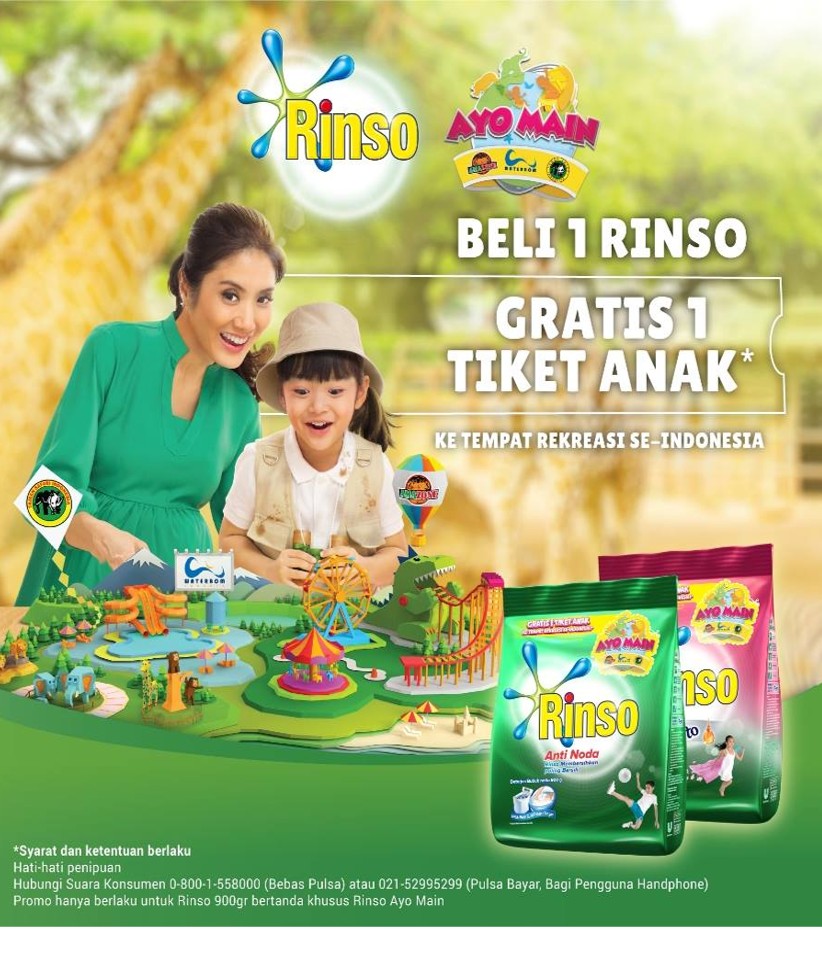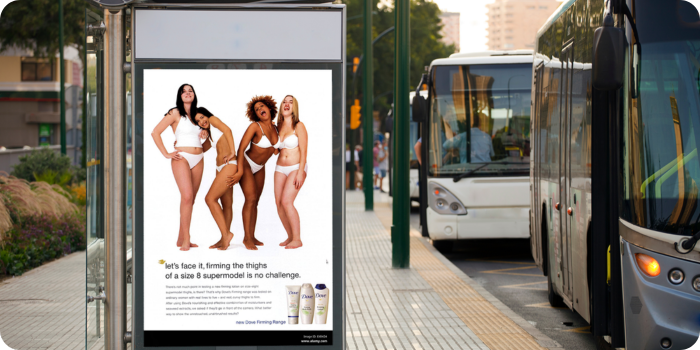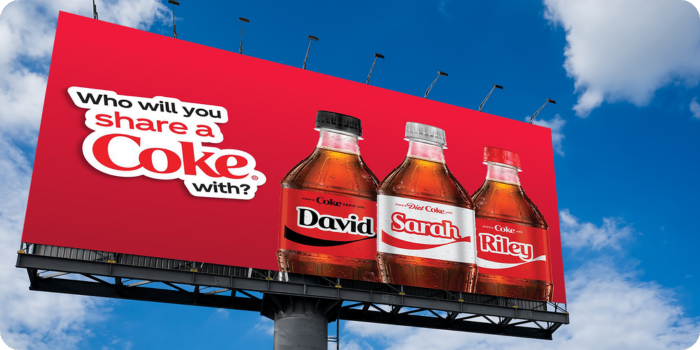Understanding consumer decision-making has always been essential for FMCG brands competing in crowded, price-sensitive markets. While rational factors like price, quality, and convenience certainly influence buying behaviour, more than ever before emotional triggers are playing a decisive role, especially in fast, instinctive purchases at shelf. In this article we explore how emotions shape consumer decisions and how brands can leverage them – rather than discounting - to gain visibility, sales volume and loyalty.
Why Feeling Comes First in FMCG: A Look Inside Emotional Buying Behaviour.
In the FMCG world, emotions aren't soft metrics, they’re critical drivers of behaviour. Emotions can be defined as subjective experiences that involve physiological and behavioural responses. These can range from joy and excitement to fear and anxiety - and while they may appear fleeting, their impact on quick decision-making is evident.
Take nostalgia, for instance. A shopper may reach for a specific snack not because it’s the best value or newest formula, but because it reminds them of their childhood. That emotional shortcut can override logic in a heartbeat. Understanding how these emotional responses shape consumer behaviour helps marketers develop campaigns that build affinity and move units.
Research by Nobel laureate psychologist Daniel Kahneman reveals that emotions contribute to roughly 90% of our decisions, leaving only 10% to rational thought. For FMCG brands battling for attention in sub-20-second shopper decisions, that stat matters.
Dual-process theory explains that we operate on two systems when making decisions:
- System 1: Fast, emotional, intuitive
- System 2: Slow, logical, deliberate
Most in-store decisions are made via System 1. This means emotional cues, like a reward that feels “worth it,” a brand story that resonates, or a campaign that surprises, can nudge purchase far more effectively than price alone.
Emotions also influence how we process information. A consumer feeling anxious may focus on risk or negative features, while someone feeling happy might overlook flaws. For marketers, this interplay is critical when crafting campaign tone, messaging, and reward mechanics.
The right emotional triggers, deployed at the right time, dramatically impact everything from basket size to brand recall.
Think about the shopper who grabs a product because it reminds them of home, or the parent who chooses based on joy, not function.
Whether it’s nostalgia, urgency, pride or aspiration, emotions create shortcuts in our decision-making that bypass logic and drive action.

Unilever’s long-running “Dirt Is Good” campaign with Rinso is a powerful case in point. Instead of focusing on stains as a problem, the brand reframed them as a natural part of childhood play, learning, and development. By reassuring parents and celebrating exploration over spotless clothes, Rinso built an emotional connection grounded in pride, nostalgia, and encouragement. Rinso earned brand trust through values families cherish, not just product functionality.
Limited-time offers, surprise-and-delight mechanics, and purpose-led storytelling are more than tactics; they’re proven conversion tools. Positive emotional triggers like happiness, connection, and aspiration will increase campaign results. Negative ones - like fear of missing out or urgency - can boost response rates too, but must be used with care to avoid eroding trust.
To move the needle, marketers must go beyond message and format. They need to engineer emotional response. Because when consumers feel something, they do something.
While emotions often lead, rationality still plays a key role, particularly in categories where consumers weigh cost, quality, and utility. But the key is understanding that rationality often follows emotion, used as a justification post-purchase.
For example, someone might buy a more expensive detergent because they “trust the brand.” That trust is emotional. They may justify it by citing product performance or eco-credentials, but the spark was emotional.
This is especially relevant for challenger or private-label brands. Without emotional resonance, brands become interchangeable. And when price is the only differentiator, you’re in a race to the bottom.
Shopping can be a source of joy, and positive emotions often lead to higher spending and stronger brand recall. For FMCG brands, tapping into those emotions through brand experiences, sensory triggers, and reward programs can enhance overall customer experience and drive both trial and repeat purchase.
TLC’s FMCG campaigns like “Tasty Journeys” and “Taste of the Holidays” show how experiential promotions tied to shared family summer moments increased basket spend and engagement, all while reinforcing brand equity.
Creating a campaign that delights doesn’t need to be complex. It just needs to feel personal and rewarding - something a price cut rarely achieves.

Another example is Dove’s pioneering “Real Beauty” campaign provides a powerful example of emotion understood as a business driver. By challenging traditional beauty stereotypes and celebrating authenticity, Dove fostered self-esteem and inclusion, and built deep trust with consumers. Featuring real women instead of models and sharing their stories, the campaign grew brand power by 7 points (four times the average for an FMCG brand) and drove up value sales by 5.5% during the period, far beyond target. Not only did it spark global conversations about confidence, it showed how tackling societal values can prompt joy, pride, and loyalty on a massive scale.
This is where emotional bonds become brand assets. When a consumer feels seen, understood, or uplifted by a brand, they aren't just buying a product, they're buying into an identity. Positive emotions such as pride, comfort, joy or nostalgia don't just encourage a first purchase; they build affinity that leads to a second, a third, and eventually, strong loyalty.
And loyalty rooted in emotion is hard to disrupt. Competitors can match your price or mimic your packaging. But they can't replicate how your brand makes someone feel.
Just as positive emotions can fuel loyalty, negative ones can damage it. Feelings like sadness, disgust, or anxiety - if associated with your product - can lead to avoidance and long-term aversion. These associations may stem from poor customer experience, dated branding, or overly transactional campaign mechanics.
Take deep discounting, for example. While it may drive short-term volume, it can also condition consumers to expect deals and devalue the brand over time. This cultivates deal-hunting behaviour, where loyalty is tied to price, not product or purpose. Emotional cues get lost, and the brand relationship becomes purely transactional.
To protect brand equity, marketers need to consider how every promotional mechanic makes the shopper feel. Does it build trust? Create a sense of reward? Or does it signal that the brand's worth is negotiable? Smart campaigns don’t just activate behaviour, they build emotional currency that compounds over time.
Emotion is described as marketing’s “super-weapon,” with emotional engagement proven to make campaigns more memorable and impactful than rational appeals. As Vault MCM notes, in today’s crowded digital space, people buy with their emotions before they justify their decisions with logic, making authentic, emotionally resonant storytelling critical for brands to stand out.
In the FMCG sector, where shelf space is hyper competitive, brand loyalty is waning, and product parity is high - emotion-led advertising and incentives can be a differentiator.

Procter & Gamble’s feminine care brand, Always (Whisper), ran the #LikeAGirl campaign, a powerful demonstration of the transformative potential of emotion-led advertising. By challenging stereotypes and redefining the phrase “like a girl” as one of pride and empowerment, Always (Whisper) created a cultural movement that went beyond the product itself. The campaign sparked global conversation, inspired millions with its message, and repositioned the brand as a champion of confidence and self-worth for young women.
Emotion-led advertising connects the dots between human insight and commercial performance. By understanding the emotional triggers of their target market, brands can tailor their messages to resonate with consumers on a personal level. This personalized approach goes beyond awareness to build deeper relationships, where the brand earns its place not through price, but through resonance, relevance, and reward.
92% of consumers say they want brands to tell stories. Emotional storytelling allows FMCG brands to humanise their campaigns, convey purpose, and connect with values and aspirations.
For FMCG, emotional storytelling is a powerful way to humanise brands and turn everyday purchases into more meaningful connections. Through authentic and relatable narratives, brands can build empathy and trust with their audience - two qualities that drive long-term brand preference.

Coca-Cola’s global “Share a Coke” campaign transformed the iconic logo into individual names, prompting people to search for their own and share bottles with friends and family. This simple act turned a beverage purchase into a moment of joy, nostalgia, and real-world connection - demonstrating how personal, shareable experiences elevate brand loyalty and turn everyday products into meaningful rituals.
When done well, storytelling becomes a commercial asset. It differentiates the brand in cluttered categories, reinforces identity, and gives consumers a reason to return beyond price or promotion. By telling stories that reflect their audience's values, routines, and aspirations, FMCG brands can transcend their functional role and become part of a consumer’s life story.
In a sector where 90% of new product launches fail within 12 months, connecting emotionally with consumers is no longer a nice-to-have – it’s a must.
Promotions that evoke emotion stick. They shift behaviour. They build loyalty. And they help brands avoid the destructive cycle of endless discounting.
Emotions play a significant part in how individuals perceive, evaluate, and ultimately choose between different options. By understanding and harnessing the power of emotions, brands can create compelling promotional strategies that resonate with consumers on a deep and meaningful level, ultimately driving sales and fostering brand loyalty.
TLC Worldwide:
Where Promotional Strategy Meets Emotional Impact
At TLC, we help FMCG brands harness the emotional triggers that matter - through scalable, experience-led programs that drive action without sacrificing margin. Whether you’re looking to earn secondary space, boost NPD trial, or stand out from private label competition, our promotions are designed to deliver immediate impact and lasting brand value.
From leisure incentives to family-led rewards, every campaign is built to create a genuine emotional connection between product and person - because when campaigns create the right emotional connection, people notice, respond, and remember.
If you’d like to see how our campaigns are helping brands like Nestlé, PepsiCo, and Unilever build equity and shift units without defaulting to discounting: